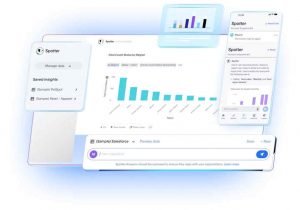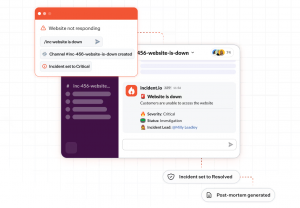Verizon Launching “4G” Network December 7th
![]() We’ve been hearing about this for a while now, but no solid dates have fallen out of Verizon’s plans to roll out their Long-Term Evolution (LTE) technology infrastructure and put their customers on 4G. Well, here it is: it’s coming December 7th, 2010.
We’ve been hearing about this for a while now, but no solid dates have fallen out of Verizon’s plans to roll out their Long-Term Evolution (LTE) technology infrastructure and put their customers on 4G. Well, here it is: it’s coming December 7th, 2010.
According to an article running on CNET, the carrier plans to unveil over 70% of its expected total offering on the day of release (that’s out of 38 different markets.) However, we won’t know the exact sites it intends to roll out until Sunday, when they’ll appear on a map on their website. They expect to roll out the entire network over the next three years.
Verizon expects to expand its coverage after the initial 38 market launch. Within 18 months, Verizon has said that it expects to blanket the entire country with the service serving about two-thirds of users in its footprint. By the end of 2011 it will be able to serve 200 million people with the service. And by the end of 2013 it will be available to more than 285 million potential customers.
Verizon has already been airing advertisements on TV promoting the new network. The ad, along with competing advertising campaigns from competitors, is meant to get consumer excited about a new generation of wireless network. Verizon and others, such as Sprint Nextel and T-Mobile USA, are vying to be known as the fastest and largest 4G network in the nation.
Through all the fanfare, though, it’s a little important to remember that while these networks boast “the most advanced 4G networks ever,” it’s not actually 4G. The offerings that LTE brings us is a bit more like 3.5G in what it has to give wireless users, it is, after all, a long term plan. LTE and its kin will bridge the gap between the 3G networks of today, and the 4G expectations of tomorrow—potentially half a decade of tomorrows.
Still, 4G or not, the LTE technology is a giant performance shift from the previous technology. “Average 3G services offer between 700Kbps and 1.5Mbps. Sprint’s WiMax service, built by Clearwire, offers average download speeds of around 6Mbps, Sprint has said. And Verizon claims that tests indicate it is getting download speeds of between 6Mbps and 12Mbps on its LTE network. T-Mobile’s HSPA+ network also gives a significant boost, with speeds between 3Mbps and 7Mbps.” A jump from 1.5Mbps to 12Mbps represents a significant boost of over 800 percent.
No doubt, customers in those 38 markets—an estimated 110 million potential consumers—will enjoy the difference.
A message from John Furrier, co-founder of SiliconANGLE:
Your vote of support is important to us and it helps us keep the content FREE.
One click below supports our mission to provide free, deep, and relevant content.
Join our community on YouTube
Join the community that includes more than 15,000 #CubeAlumni experts, including Amazon.com CEO Andy Jassy, Dell Technologies founder and CEO Michael Dell, Intel CEO Pat Gelsinger, and many more luminaries and experts.
THANK YOU















